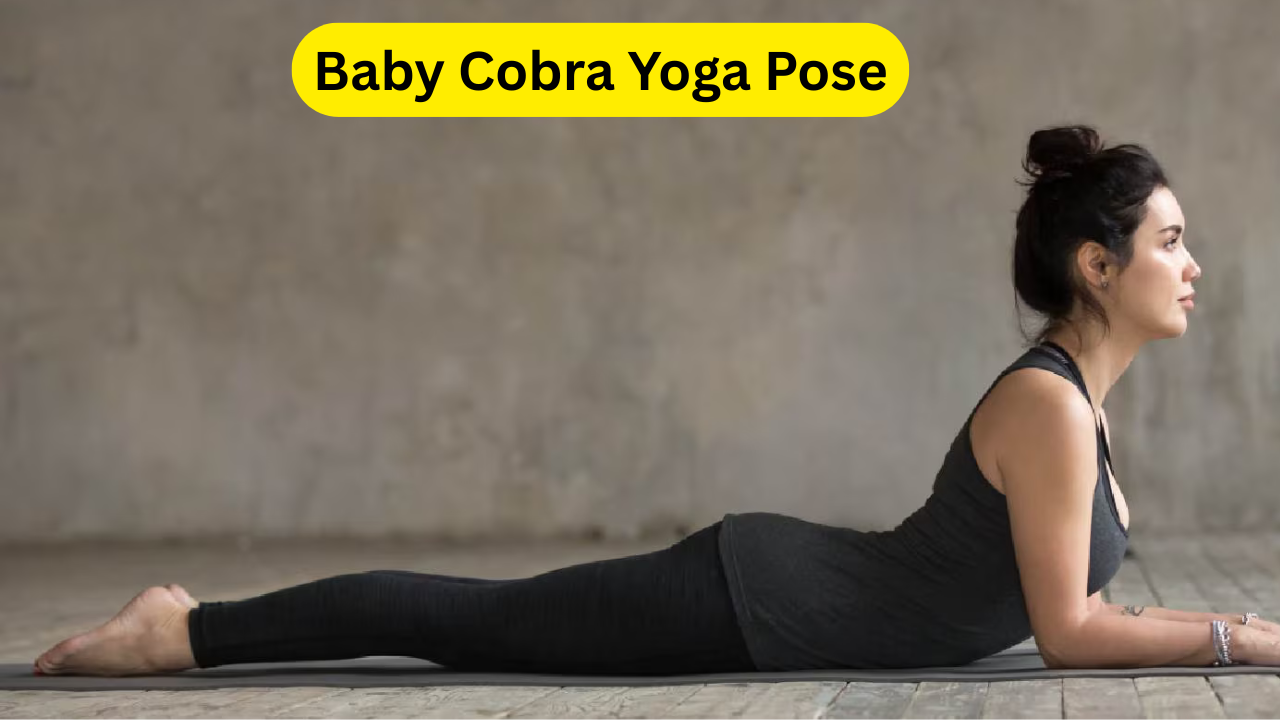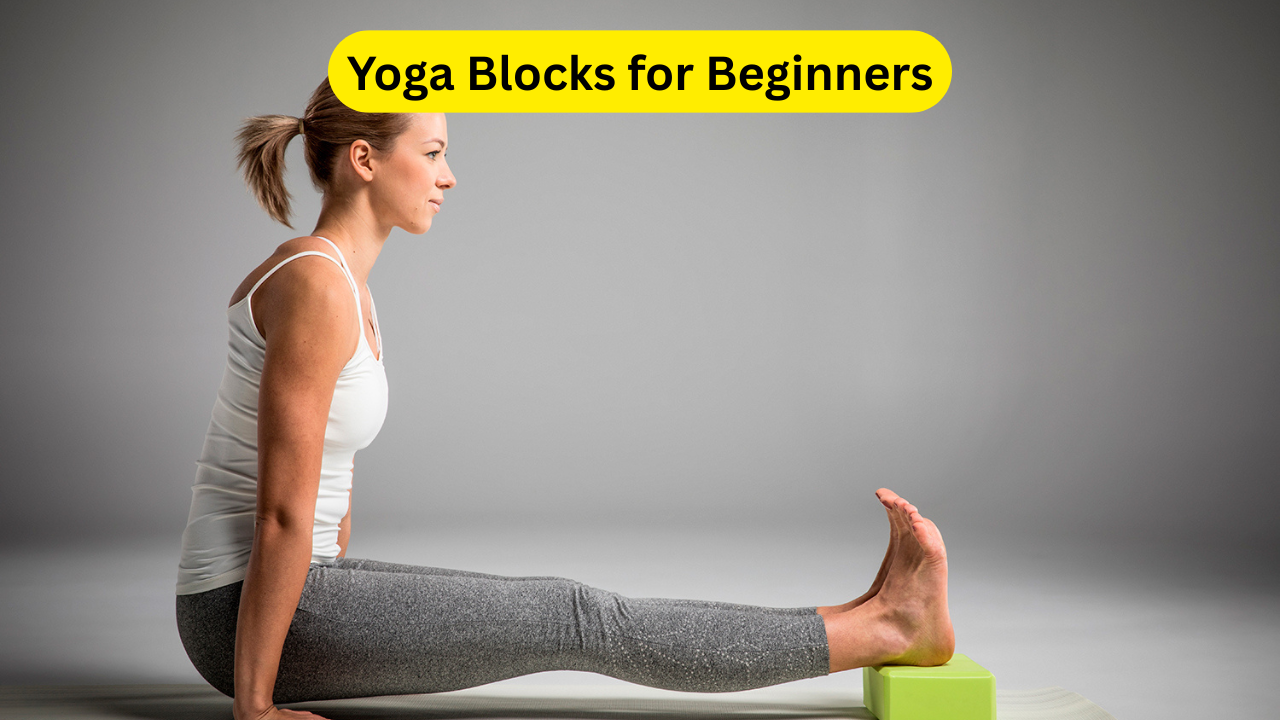Best Yoga Poses to Help You Drift Off to Sleep: Struggling to fall asleep? You’re not alone. Millions of people worldwide face sleep issues, whether it’s difficulty falling asleep, staying asleep, or waking up feeling unrested. While there are countless sleep hacks out there—like reading a book or sipping herbal tea—one often overlooked solution is yoga. Incorporating gentle yoga into your bedtime routine can help calm your mind, relax your body, and prepare you for a restful night’s sleep.
Yoga is more than just a physical practice; it’s a holistic approach to wellness that combines mindfulness, breathwork, and movement. According to Chloe Kernaghan, co-founder of Sky Ting Yoga, yoga helps you sleep better by calming the nervous system and quieting a racing mind. By shifting your body from a state of stress (sympathetic mode) to relaxation (parasympathetic mode), yoga creates the ideal conditions for deep, restorative sleep. Scientific research supports this, showing that yoga can reduce cortisol levels, the hormone linked to stress, and improve sleep quality over time.
If you’re new to yoga or unsure where to start, don’t worry. Not all yoga classes are created equal when it comes to sleep. Fast-paced styles like power yoga or vinyasa might energize you, which isn’t ideal before bed. Instead, opt for calming practices like yin yoga or restorative yoga, which focus on holding poses longer, using props for support, and creating a quiet, meditative atmosphere. Below, we’ll explore the best yoga poses for sleep, how yoga improves sleep, and tips for incorporating it into your nightly routine.
Click here: Walking for 30 Minutes vs. Yoga for 30 Minutes: Which Has More Benefits?
How Yoga Improves Sleep Quality
Calms the Nervous System
Yoga helps activate the parasympathetic nervous system, which is responsible for rest and digestion. By practicing gentle poses and deep breathing, you signal to your body that it’s time to relax. This shift from the “fight or flight” response to a state of calm is essential for falling asleep and staying asleep.
Reduces Stress and Cortisol Levels
High cortisol levels, often caused by stress, can disrupt sleep patterns. Studies have shown that regular yoga practice can lower cortisol levels, making it easier to fall asleep and improving overall sleep quality. This is particularly beneficial for those dealing with insomnia or anxiety-related sleep issues.
Promotes Mindfulness and Mental Clarity
Yoga incorporates mindfulness, which helps quiet a racing mind. By focusing on your breath and body during yoga, you can let go of the day’s worries and create mental space for relaxation. This mental clarity is key to drifting off to sleep effortlessly.
Best Yoga Poses for Sleep
1. Child’s Pose (Balasana)
This restorative pose gently stretches the lower back and hips while promoting a sense of safety and calm. Kneel on the floor, sit back on your heels, and stretch your arms forward, lowering your chest to the ground. Hold for 2-5 minutes, focusing on deep breaths.
2. Legs-Up-The-Wall Pose (Viparita Karani)
This pose is perfect for relieving tension in the legs and lower back. Sit close to a wall, swing your legs up, and rest your back on the floor. Stay in this position for 5-10 minutes, allowing your body to relax completely.
3. Reclining Bound Angle Pose (Supta Baddha Konasana)
Lie on your back, bring the soles of your feet together, and let your knees fall open. Place pillows or yoga blocks under your knees for support. This pose opens the hips and chest, promoting relaxation.
4. Seated Forward Bend (Paschimottanasana)
Sit with your legs extended and fold forward, reaching for your feet or shins. This pose stretches the spine and hamstrings, helping to release tension and calm the mind.
5. Corpse Pose (Savasana)
Lie flat on your back with your arms at your sides, palms facing up. Close your eyes and focus on your breath. This pose is often used at the end of yoga practice to promote deep relaxation.

Tips for Incorporating Yoga into Your Bedtime Routine
- Create a Calm Environment
Dim the lights, light a candle, or play soft music to set the mood for relaxation. - Practice Consistently
Aim to do yoga at the same time each night to establish a routine. Even 10-15 minutes can make a difference. - Focus on Breathwork
Pair your poses with deep, slow breaths to enhance relaxation. Try inhaling for a count of four, holding for four, and exhaling for six. - Use Props
Bolsters, blankets, and blocks can make poses more comfortable and accessible, especially for beginners. - Avoid Overexertion
Stick to gentle, restorative poses that won’t raise your heart rate or energize you.
Also read: Aprilia RSV1000: A New Litre-Class Motorcycle on the Horizon?
Best Yoga Poses to Help You Drift Off to Sleep Conclusion
Incorporating yoga into your bedtime routine can be a transformative experience for your sleep quality. By focusing on gentle, restorative poses, you can calm your nervous system, reduce stress, and create the ideal conditions for a restful night. Yoga’s combination of mindfulness, breathwork, and physical movement helps quiet a racing mind and release tension from the body, making it easier to drift off to sleep.
One of the greatest benefits of yoga is its accessibility. Whether you’re a seasoned yogi or a complete beginner, poses like Child’s Pose, Legs-Up-The-Wall, and Corpse Pose are simple yet effective. These poses require no special equipment and can be done in the comfort of your own home. With consistent practice, you’ll likely notice improvements not only in your sleep but also in your overall sense of well-being.
Consistency is key when it comes to reaping the benefits of yoga for sleep. Aim to practice yoga at the same time each night, even if it’s just for 10-15 minutes. Over time, this routine will signal to your body that it’s time to wind down and prepare for rest. Pairing your yoga practice with other sleep-friendly habits, such as avoiding screens before bed and creating a calming sleep environment, can further enhance its effectiveness.
If you’ve tried other sleep hacks without success, yoga offers a natural and holistic alternative. Unlike sleep medications, which can have side effects, yoga addresses the root causes of sleep issues, such as stress, anxiety, and physical tension. By incorporating yoga into your nightly routine, you’re not just improving your sleep—you’re also investing in your long-term health and well-being.
So, why not give it a try tonight? Roll out your yoga mat, dim the lights, and take a few moments to connect with your breath and body. With time and practice, you’ll likely find yourself falling asleep faster, staying asleep longer, and waking up feeling refreshed and rejuvenated.
Best Yoga Poses to Help You Drift Off to Sleep FAQs
1. How long before bed should I do yoga?
It’s best to practice yoga 30 minutes to an hour before bed. This allows your body enough time to relax and transition into sleep mode. Practicing too close to bedtime might leave you feeling energized, especially if you’re doing more active poses. Stick to gentle, restorative poses to ensure you’re fully relaxed by the time you hit the pillow.
2. Can beginners do these yoga poses?
Absolutely! The poses recommended for sleep, such as Child’s Pose and Legs-Up-The-Wall, are beginner-friendly and focus on relaxation rather than flexibility or strength. If you’re new to yoga, take your time with each pose and use props like pillows, blankets, or blocks to make them more comfortable. The goal is to feel relaxed, not to push your body too hard.
3. What if I don’t have a yoga mat?
No worries! You don’t need a yoga mat to practice these poses. You can do them on a carpet, rug, or even your bed. The key is to find a comfortable, supportive surface where you can relax fully. If you’re practicing on a hard floor, consider using a folded blanket or towel for extra cushioning.
4. How often should I do yoga for better sleep?
For noticeable improvements in sleep quality, aim to practice yoga 3-5 times a week. Even a short session of 10-15 minutes before bed can make a difference. Consistency is more important than duration, so focus on making yoga a regular part of your bedtime routine. Over time, you’ll likely find that your body begins to associate these practices with relaxation and sleep.
5. Can yoga replace sleep medication?
While yoga can significantly improve sleep quality, it’s not a substitute for medical treatment. If you’re struggling with chronic insomnia or other sleep disorders, it’s important to consult a healthcare professional for personalized advice. Yoga can complement traditional treatment approaches and promote overall well-being, but it should not be used as a replacement for prescribed medications without medical guidance.







